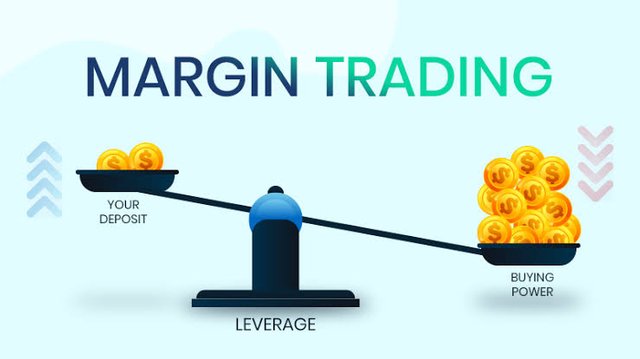MARGIN TRADING AT RIGEL PROTOCOL
For those not familiar with financial and monetary terms, the word “Margin” should be somewhat alien. Well, I’ll define it in the simplest words my vocabulary can muster. Margin is simply that money you take from a lender, be it your friend, family or even the bank to make one or more investments all in the hopes of making profits. Margin can thence be seen as the amount of money left when the loan amount has been taken or repaid from the total value of the investment made.
Now, lets get to Margin trading. This would define the practice of using money gotten as a loan from any of the aforementioned parties to trade a financial asset. As it is customary for loans to have respective collateral; the money loaned will serve as the collateral in this case.
The major problem plaguing the crypto industry when it comes to lending, is the fact that most of the crypto lenders are centralized. This means they have all the stakes in deciding the prices of an asset. They can easily inflate prices and interest so as to benefit them.
Luckily, RigelProtocol will introduce margin trading to the decentralized finance space to help users tackle problems related to leverage trading. The margin trading product will be more user-centric enabling a new set of foundations for margin traders:
1. Decentralization: There are so many benefits to decentralization; privacy, cheaper transaction fees, lower risks, financial inclusion amongst others. Rigel protocol trading platform ensures users enjoy decentralization freedom without the need to go through Know Your Customer (KYC) processes and the time waste involved, while ensuring anonymity combined with the highest level of security.
2. Reduced Manipulations: As earlier stated, since most crypto lenders operate on a centralized system, there’s little or no transparency as to the price or value of an assets. These lenders can easily manipulate the prices at will, enriching themselves. RigelProtocol Margin Trading product births a change, as it would take advantage of prices from various top DeFi Trading platforms. This instills transparency and trust.
3. Non-custodial Wallets: This will enable users to hold their funds without having to store or deposit them on exchanges. What this implies is that users will have full autonomy on their wallets and security is stepped up a notch higher.
4. Interest Profits Share: Users can provide funds (Liquidity) to the lending pool through the RigelProtocol lending interface and earn interest from users taking loans from the lending pool.
5. Lenders Profits: Rigel Protocol has an insurance system for its lenders; lenders funding the RigelProtocol lending pool will earn profits gained from funds lost or liquidated positions by margin trading users.
HERE’S HOW RIGELPROTOCOL WILL MAKE IT HAPPEN
For the margin trading feature, it would require two sets of users:
• The Lending Pool Provider (The Rigel Lender)
• The Leverage Trader (The Rigel Trader) The Lending pool provider will add funds to the margin lending pool.

Funds will then be available to be leveraged by the leverage trader. The Leverage Trader chooses a leverage size and sets a collateral based on the level of risk he is willing to take. The Leverage Trader can choose a buy or sell position. If the trade goes in the favor of the Leverage Trader profits are assigned to the Trader wallet address. Otherwise, the losses or liquidated amounts are added up back to the lending pool to be distributed among the Lending Providers, RigelProtocol governance community, or RigelProtocol token native holders and the RigelProtocol treasury.
Nice